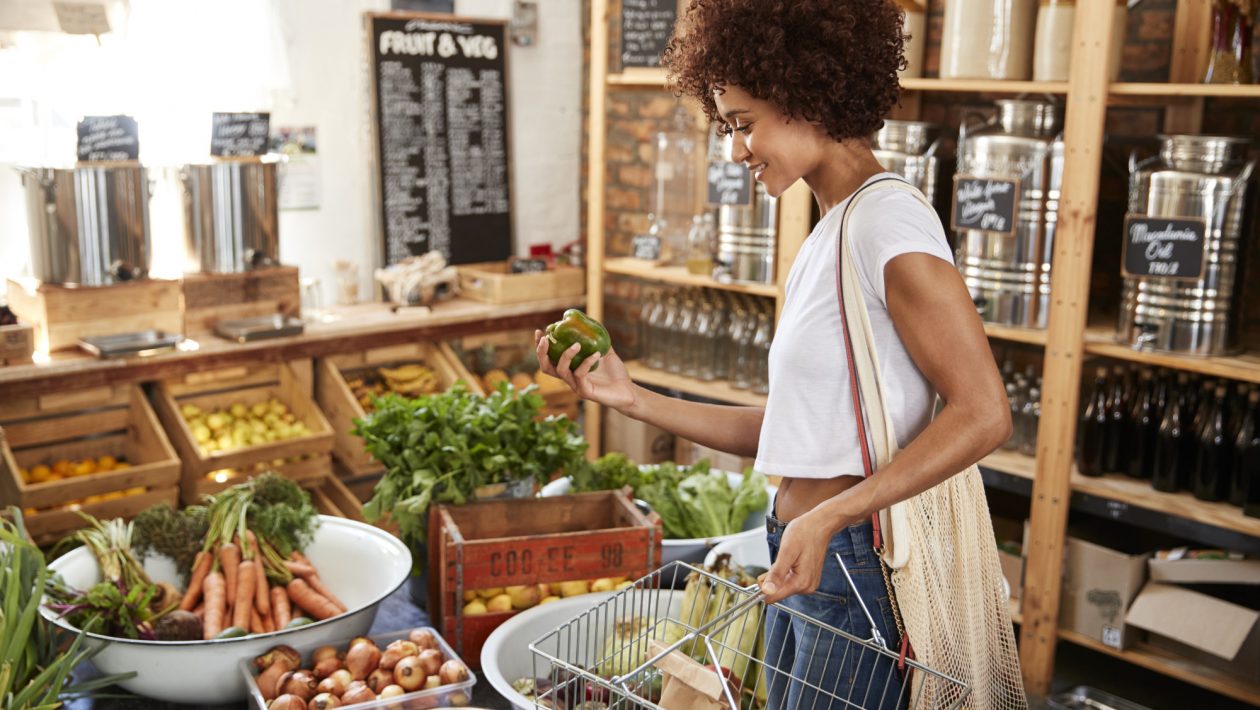Did you know that the average American produces over 2,000 pounds of trash each year?
This startling figure doesn’t even factor in how much food we throw out each year. On top of our garbage, we produce an extra 220 pounds of food waste.
One of the best and easiest ways you can reduce your impact on the environment is to shop smarter. Want to learn how to become a green grocery shopper? Keep reading for 5 sustainable shopping tips.
1. Use Eco-Friendly Shopping Bags
Plastic shopping bags are flimsy and they don’t hold much. This means you have to use a lot of plastic for a short trip from the grocery store to your home. As soon as you get home and unpack your food, those bags end up in the trash.
A greener and more convenient alternative is to buy your own reusable shopping bags. You can feel extra good about your investment if the bags are made out of recycled materials!
2. Opt for More Plant-Based Foods
Animal agriculture is one of the leading causes of global warming. Did you know that animal products are responsible for 80% of greenhouse gases produced for food?
The strongest impact you can have on the environment and your health is to go vegan. If that’s not an option for you, going vegetarian or participating in meatless Mondays can make a big difference, too. Even simple swaps like ditching cow’s milk for almond, oat, rice, soy, or any other plant-based milk helps.
3. Avoid Single-Use Plastics for Sustainable Shopping
Although eating more plants will work wonders for the environment and your health, you still have to be careful. One of the worst offenders for single-use plastics is supermarket produce bags. Instead of reaching for the plastic, invest in your own reusable produce bags.
Another way to cut down on single-use plastics is to avoid the inner aisles of the grocery store. Not only do these aisles contain excessive packaging, but they also use a lot of resources because the foods are highly processed.
4. Shop for Local, In-Season Produce
When you shop for produce that’s out of season, chances are it traveled a long way to get there. Produce doesn’t require many resources to grow, but transporting it does. This seasonal produce guide can help you reduce your carbon footprint.
It’s also a great idea to check out your local farmers’ market. There you’ll be able to find fresh, local produce at competitive prices.
5. Try Bulk Shopping
Lots of sustainable grocery stores allow shoppers to bring their own containers and buy what they need. Not only does this reduce packaging waste, but being in control of your portion sizes can also reduce food waste.
If your favorite grocery store doesn’t offer bulk shopping, it’s worth writing a suggestion to management. Take some time to research bulk retailers online and you might find your new favorite store.
Want More Green Tips?
With these 5 sustainable shopping tips, you can feel good about doing your part to help the environment.
Do you want more helpful lifestyle tips? Lifestyle Hobby has everything you need. Check out our blog for more tips to build a happy, healthy life.





